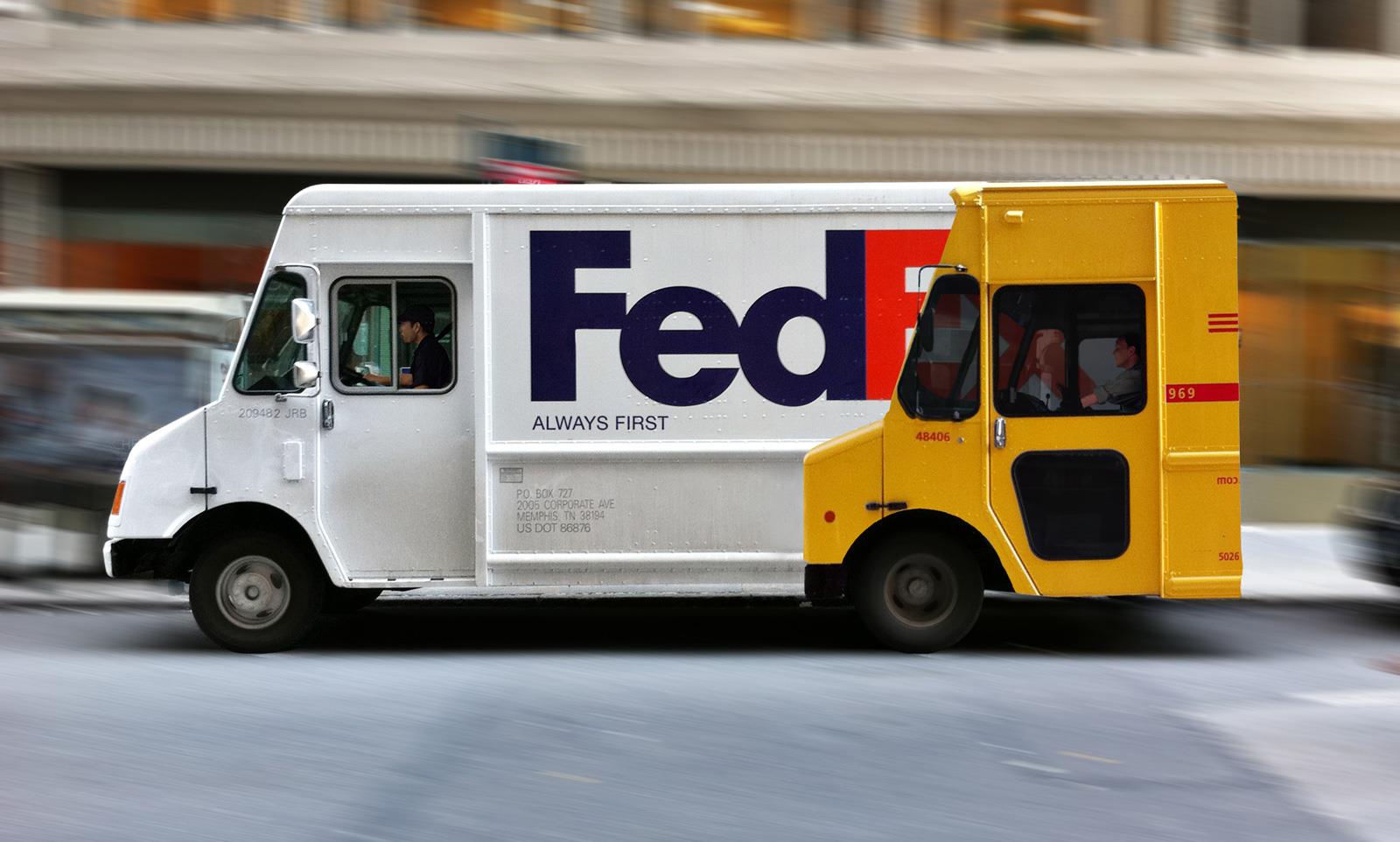
During slow market conditions the prevailing advice for us business owners is to “economize your business.”
At the surface level, this makes sense, right? Unfortunately, too many agents mis-interpret this advice and end up costing themselves more than they need to – it can even cost them their real estate career.
Savvy agents don’t think of economizing as slashing budgets, instead they make sure their marketing is going to get them the biggest bang for their buck.
Now, we could go down a tangent here and relate this to scarcity mindset versus abundance mindset, or reactive versus proactive but let’s stay away from ideologies and look at practical business sense.
Practical Business Sense
Your business is fueled by sales. Clearly, sales profits are the only true objective measure for business success. Without them, you don’t have a business you have a hobby. And as you know, marketing creates sales.
Those that mis-interpret “economize your business” to mean “slash your budgets” are going to be in a world of hurt.
Sure, you may have a full pipeline of prospects today but if you slash your marketing – the one thing that fills your pipeline – you’re going to run dry in about 3 months time and you will not have a sustainable business. Bye-bye real estate, hello retail sales.
How To Really “Economize”
First off, it’s important to recognize that there are two types of marketing – expensive and inexpensive. Savvy agents know that expensive marketing doesn’t cover the investment they’ve made, while inexpensive pays rich returns.
See, economizing has nothing to do with cost but everything to do with results. This is why it’s so important to track your sources of business.
Here are a few tips to follow:
- Test your investment – before rolling out a large scale campaign, conduct a small test so you can track the results to see if a larger campaign is even worthwhile.
- Focus on the past – stay in touch with past clients since they already have expressed their trust and faith in you. They’re in prime positions to give referrals and may even be ready to become repeat clients.
- Commit to a plan – the bane of many businesses is trying to do a little of this and a little of that. In the end, there’s no major impact. Commit to a focused plan and stick to it.
- Create timeless marketing – many agents waste money on marketing that must continually be updated and re-created. Make your marketing timeless. For example, rather than being in business for 7 years, say that you’ve been in business since 2001.
- Target wisely – don’t waste precious time and resources on folks not likely to buy from you. Instead, turn your efforts to your most likely prospects and profitable clients.
- Hire a pro – amateur marketing is an invitation to disaster. To get the biggest results it makes sense to hire a designer/copywriter/consultant to create a powerful template, then produce new materials following the same format.
Obviously, these tips are timeless and should be followed in both boom and down markets.
Here’s the thing: marketing creates sales and you need to market smart in order to survive.
Yes, economize your business – demand a return for your investments. But don’t start slashing the budget to that which fuels your business.
If you don’t invest in smart marketing today, you’ll have less to invest tomorrow.
What are you doing to “economize” and get the biggest bang for your marketing dollar?
Mark Eckenrode is a Certified Master of Guerrilla Marketing raised on comic books, punk rock, and Pepsi. He's also the chief marketing trainer at HomeStomper where AgentGenius readers can learn unconventional methods for winning with social media.








































Rob Aubrey
November 27, 2008 at 8:46 am
A shifted market makes you really look at each item on the budget and ask are you carrying you weight?
It is healthy for your business to get rid of bad habits (spending money on crap that doesn’t create profit).
The trick is to NOT CUT the quality of service.
One of the things that will help an agent survive is to stop using words like up or down market.
There is no such thing as a good or bad market. It is a buyer’s or seller’s market and the shift between.
During the unprecedented seller’s market it was not always good for the buyer and no one called that a bad market. It was called a hot or great market, the people that it was great for were the unskilled, because they could make money in spite of their lacking.
I would like to ad one more tip. Understand what is selling in your market and go there. It sounds very obvious. But most are not doing it. If you sold higher end homes, then you need to become a student of FHA and learn how to get people to the table, tht is what you are paid for.
Missy Caulk
November 27, 2008 at 10:25 pm
Test, test, test. If it works continue on and if it isn’t then move on to what does, or put more money in the things that are bringing in business.
Russell Shaw
November 28, 2008 at 1:15 am
Wonderful post, Mark! Great job. Real words of wisdom. This was something I had intended – for about a month – to write about and never got around to it.
Cutting out all promotion to “save money” is a sure-fire route to complete failure.
Mark Eckenrode
December 1, 2008 at 9:42 am
great additions and comments from folks. thanks.
i find most folks are quick to cut their marketing because they don’t see returns from it – meaning, they don’t actually track where business is coming from.